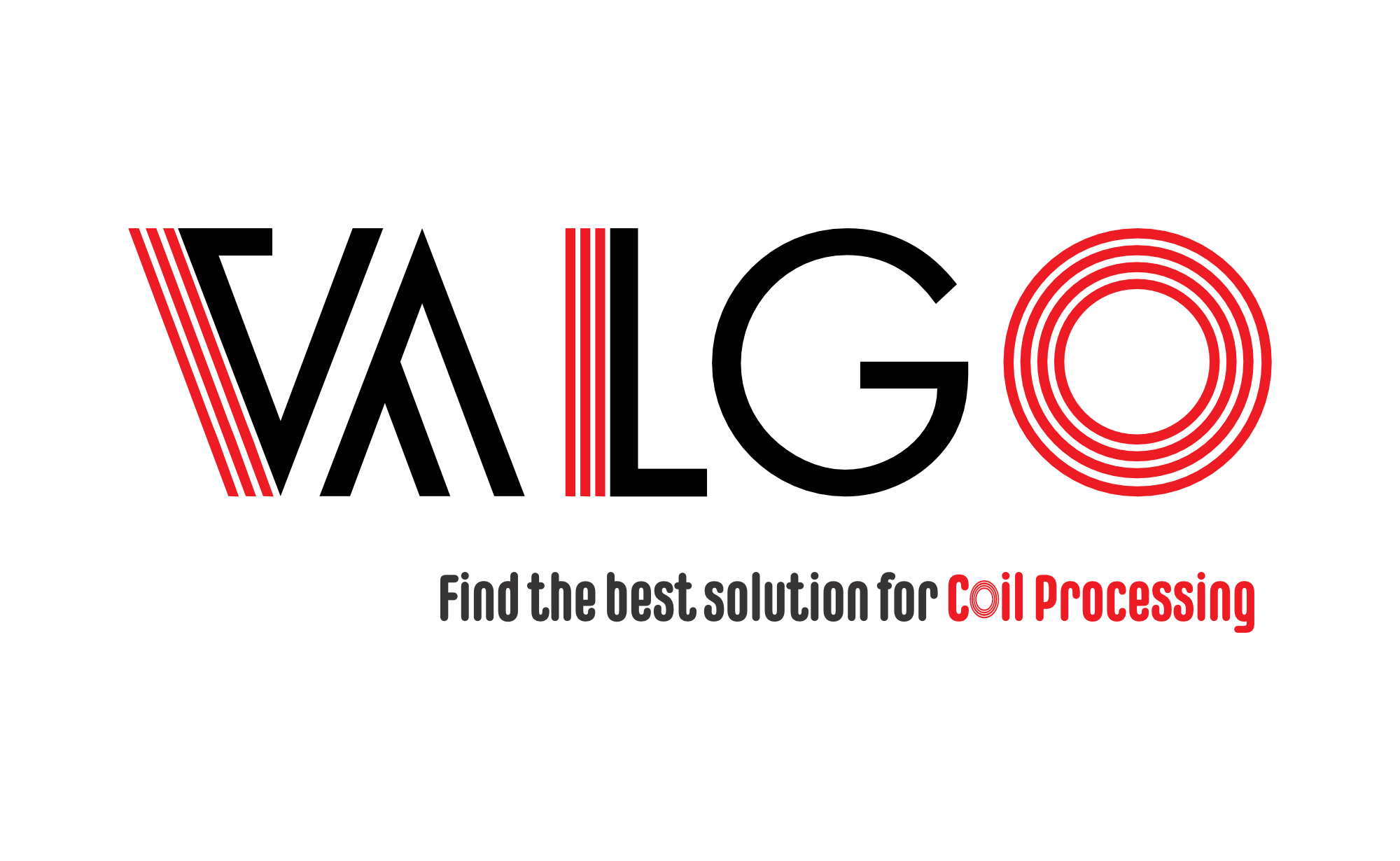In the dynamic world of metal processing, the coil slitting line machine plays a vital role in transforming wide metal coils into precise, narrow strips tailored to specific manufacturing needs. These machines are the backbone of coil processing centers, metal service providers, and industries that rely on customized metal widths. This article dives deep into the workings, features, types, and advantages of coil slitting line machines, making it your definitive guide for 2025 and beyond.
Table of Contents
- What is a Coil Slitting Line Machine?
- How the Machine Works: Step-by-Step Process
- Key Components Explained
- Types of Coil Slitting Line Machines
- Industry Applications
- Benefits of Using Coil Slitting Line Machines
- Common Challenges and Solutions
- Smart Features & Technological Advancements
- Selecting the Right Coil Slitting Machine
- Conclusion
What is a Coil Slitting Line Machine?
A coil slitting line machine is an industrial system designed to cut large metal coils into narrower widths with high precision. The machine uses rotary knives and automated controls to ensure each slit meets exact dimensional requirements.
These machines are commonly used for:
- Carbon steel
- Stainless steel
- Aluminum
- Copper
- Brass and other alloys
The resulting narrow coils are ideal for downstream manufacturing such as stamping, forming, or tube production.
How the Machine Works: Step-by-Step Process
The slitting process is both mechanical and highly controlled. Here’s how a coil slitting line machine works:
1. Coil Loading
A master coil is loaded onto the uncoiler using hydraulic arms or cranes.
2. Uncoiling
The coil is uncoiled and fed into the line, typically using a peeler table to guide it.
3. Flattening (Optional)
A leveler or flattener may be used to remove coil set and ensure a flat surface.
4. Slitting
The material passes through a set of rotary knives mounted on arbors. These are adjusted to cut the material into the required strip widths.
5. Tension Control
Looping pits or tensioning systems maintain proper alignment and tension.
6. Recoiling
Each slit strip is rewound into a smaller coil using the recoiler.
7. Unloading
Finished coils are removed and packaged for delivery or further processing.
Key Components Explained
1. Uncoiler
Holds the master coil and gradually feeds the sheet into the line.
2. Pinch Roll & Entry Guide
Aligns the strip before slitting to prevent edge deviations.
3. Leveler / Flattener
Optional, but important for applications where flatness is critical.
4. Slitting Head (Rotary Slitter)
The core cutting mechanism with adjustable knives.
5. Looping Pit / Accumulator
Allows for continuous operation by accommodating speed differences between stages.
6. Separator and Tension Pad
Keeps slit strips separate and maintains coil edge quality.
7. Recoiler
Rewinds slit strips into individual coils.
8. Coil Pusher / Coil Car
Helps remove slit coils for packaging or stacking.
Types of Coil Slitting Line Machines
Light Duty Slitting Line
Designed for thin materials (0.1mm to 3mm). Used in electronics and HVAC industries.
Medium Duty Slitting Line
Handles a broader range of metals (up to 6mm). A versatile solution for general-purpose use.
Heavy Duty Slitting Line
Used for thick materials (up to 20mm), including hot-rolled steel and thick aluminum coils.
High-Speed Slitting Line
Optimized for productivity with minimal downtime. Ideal for high-volume service centers.
Industry Applications
Automotive
Used for parts such as body panels, seat rails, and structural components.
Construction
Produces materials for cladding, framing, roofing, and decking.
HVAC
Used for ducts, insulation foil, and vent systems.
Electrical and Electronics
Slits copper and aluminum for transformers, motor laminations, and PCBs.
Packaging
Used for aluminum foil and steel strip packaging materials.
Benefits of Using Coil Slitting Line Machines
1. Precision Engineering
Achieves tight tolerances and consistent widths across all strips.
2. Versatility
Handles a range of materials and thicknesses with simple changeovers.
3. Increased Productivity
High-speed options allow continuous, uninterrupted processing.
4. Cost Efficiency
Reduces scrap rates and manual labor requirements.
5. Consistent Quality
Advanced controls ensure even tension, clean cuts, and burr-free edges.
Common Challenges and Solutions
| Challenge | Solution |
|---|---|
| Knife Misalignment | Use digital setup systems and routine calibration |
| Burr Formation | Maintain sharp knives and proper clearance setup |
| Tension Imbalance | Implement closed-loop tension control systems |
| Coil Telescoping | Use edge guides and proper tensioning during recoiling |
Smart Features & Technological Advancements
1. PLC and HMI Integration
User-friendly interfaces allow for quick setup and monitoring.
2. Automated Knife Positioning
Reduces setup time and ensures perfect alignment.
3. Real-Time Diagnostics
IoT-enabled machines can send alerts and performance data to maintenance teams.
4. Servo Drive Systems
Offer better energy efficiency and precise control.
5. Remote Monitoring
Cloud-enabled systems allow remote operation and diagnostics.
Selecting the Right Coil Slitting Machine
Questions to Ask:
- What material types and thicknesses will be processed?
- What is the desired output capacity?
- How many slit widths are typically required?
- Do you require automation or manual control?
- What is the available space in your facility?
Recommended Manufacturers:
- Red Bud Industries (USA)
- FIMI Group (Italy)
- Bradbury Group (USA)
- Delta Steel Technologies (USA)
- Athader (Spain)
Working with a trusted manufacturer ensures you receive quality equipment, strong support, and the latest technology.
Conclusion
A coil slitting line machine is a strategic asset for any business involved in metal processing. Its ability to deliver precision cuts, high throughput, and versatility makes it indispensable in today’s competitive manufacturing environment.
As technology continues to evolve, future slitting lines will become more intelligent, sustainable, and interconnected—offering greater productivity and profitability.
Whether you are upgrading existing systems or investing in a new line, understanding the features, components, and best practices of coil slitting machines is key to making an informed decision.
Keywords: coil slitting line machine, metal slitting machine, steel coil cutting, slitting equipment, coil processing, slitting automation, precision metal cutting


